Rebel revival: a new tome revisits British postmodernist architecture
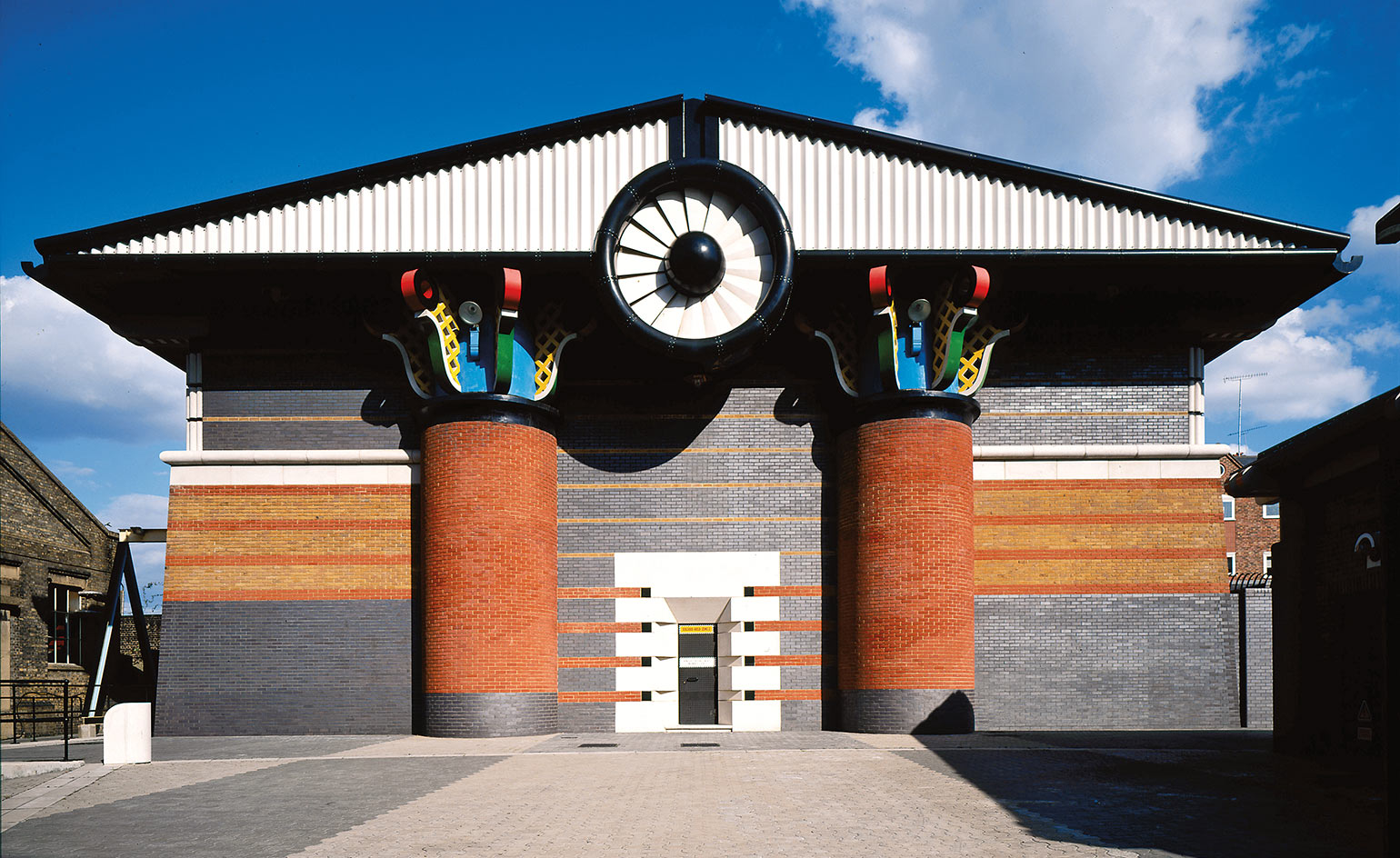
In Britain, post-modern architecture was part of a wider riposte and rebellion – as in other art forms – against the rigid formality and uniformity of the monotony of the modernist style, which was de rigeur in architecture, following the explosive success of the likes of Le Corbusier and Mies van der Rohe.
First conceived in the 1960s, post-modernism prospered in Europe in the 1980s, with notable examples still standing in London including James Stirling’s Tate Gallery, and post-modern pioneer Venturi's Sainsbury Wing at the National Gallery, and Farrell’s SIS building (completed later in the early 1990s).
In a new book published by Batsford, authors Geraint Franklin and Elain Howard pay homage to Britain’s finest examples of post-modern buildings and the architects who 'formed the backbone' of the post-modern style in Britain. Their principle of 'more is more' and the style's hybrid vocabulary was hard to define, but shaped a legacy that, though often overlooked or diminished, has been profound.
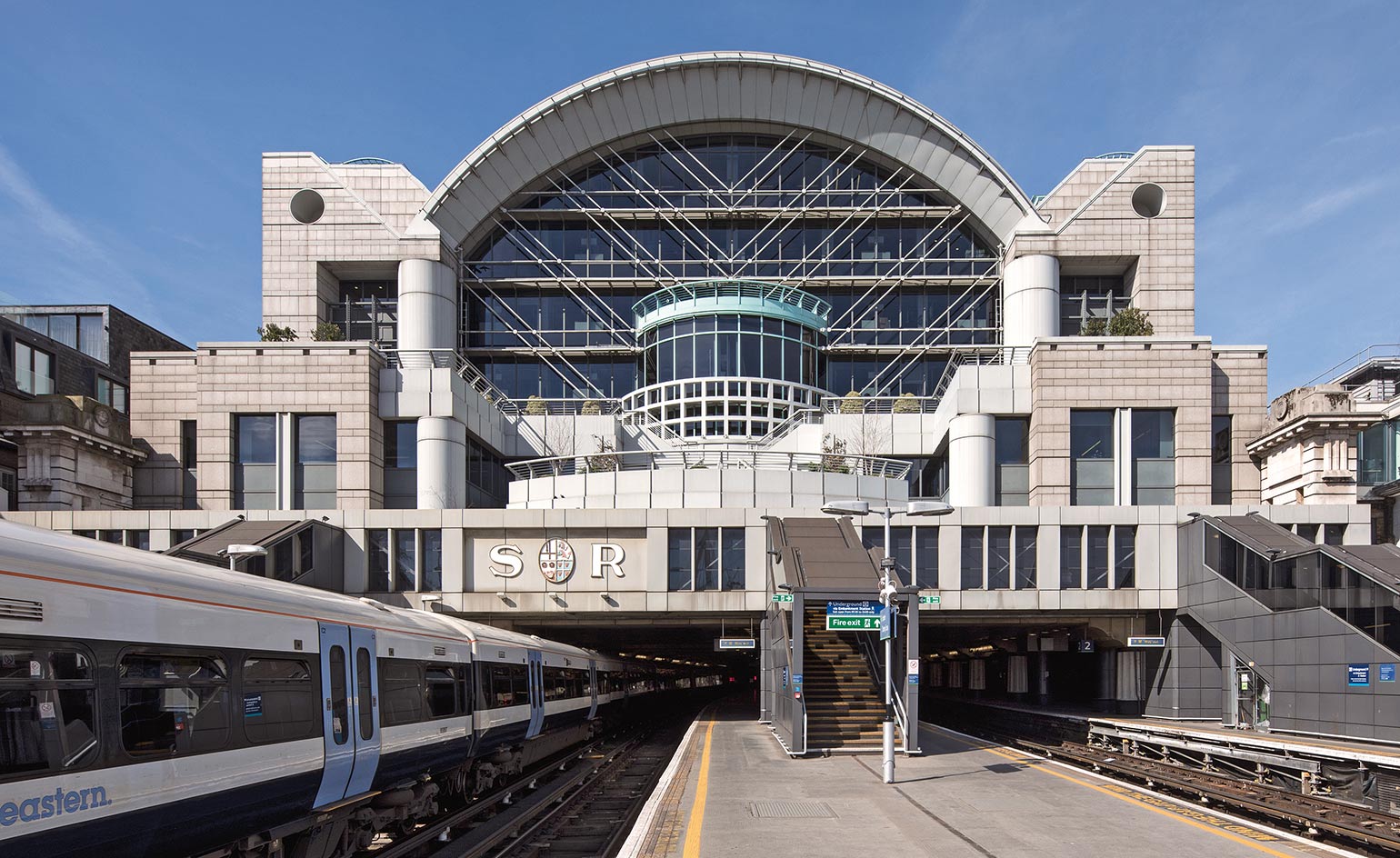
Embankment Place, Charing Cross, City of Westminster, London. Designed from 1987–90 by Terry Farrell Partnership.
As opposed to the dominant practice of early 20th century modernism, post-modernism offered urban buildings that engaged with their surroundings and could propose metaphors and symbols for many ideas simultaneously – 'British post-modernism' in particular, write the authors, 'remained more contextual than that of other countries, strong in its references not only to classicism but also to Dutch brick traditions, Art Deco, the English Arts and Crafts Movement and the Vienna Secession.'
Some of the more eccentric and compelling examples that jump off the pages include the colourblock East Workshops at The Harley Studios, Nottinghamshire, Sphinx Hill in Oxfordshire, and the Isle of Dogs Pumping Station — with a chapter dedicated to the stylistic hedonism of John Outram.
Celebrating Britain’s successes and failures in post-modern architecture (the latter, arguably, in public housing), the book also takes up the important role of documenting many post-modern buildings that have since been demolished — as post-modernism fell rapidly out of favour in the 1990s, and many beautiful examples were destroyed. Through sumptuous photographs and detailed texts giving the history of these buildings, Post-Modern Buildings in Britain reveals not only the lost language of post-modernism but also the richness of its ideas. Perhaps it's time for a comeback.
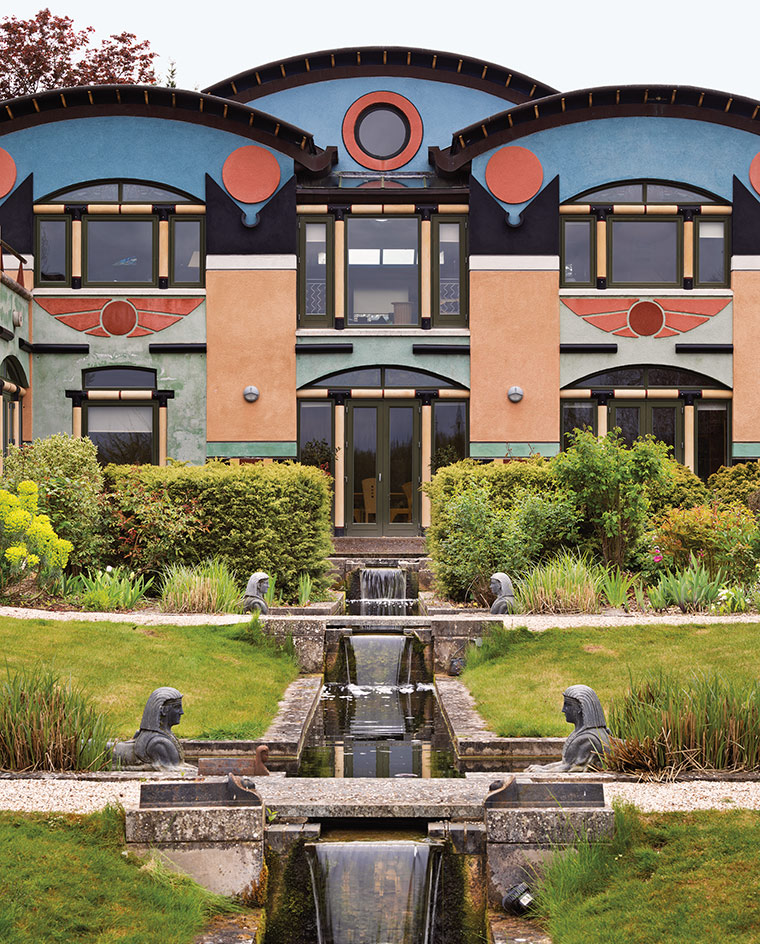
Another iconic post-modern pillar of British architecture is Sphinx Hill in Moulsford, Oxfordshire which was designed from 1994 onwards and built 1998–9 by John Outram Associates.
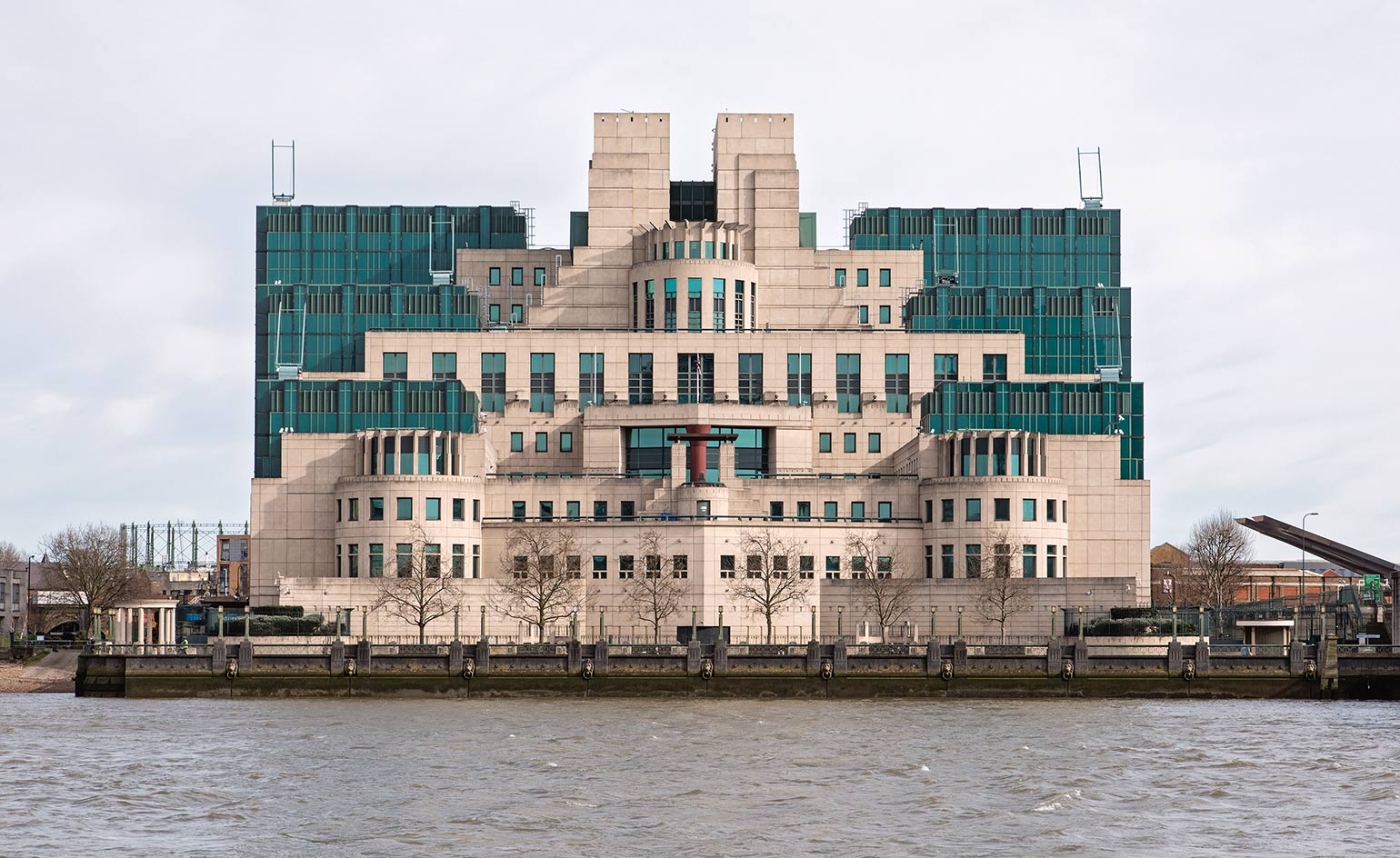
The SIS Building, 85 Albert Embankment, London. Designed 1990–4 by Terry Farrell & Co.
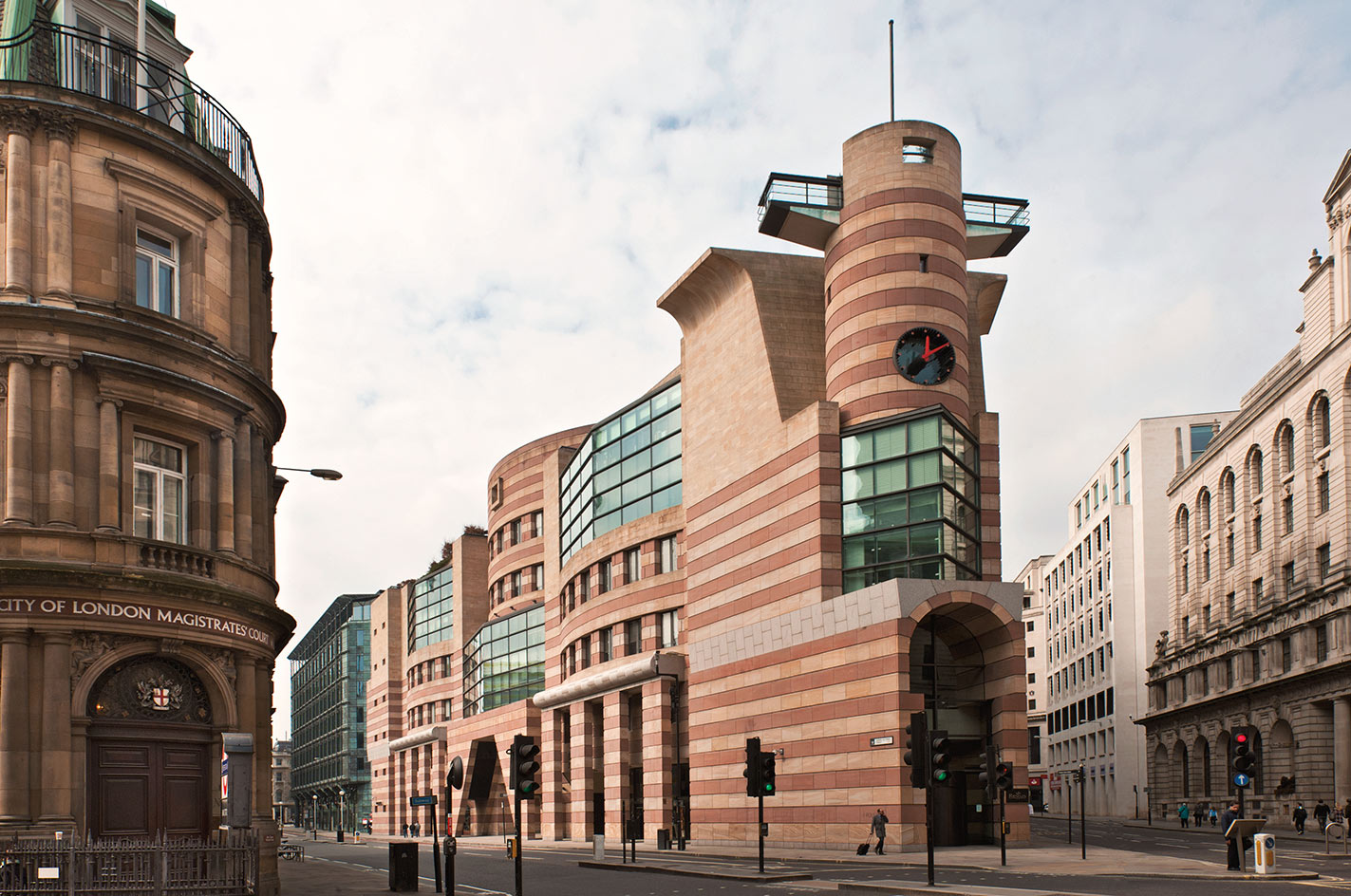
The notorious One Poultry in Bank, City of London. Designed 1986–8 and built 1994–8; listed Grade II* in 2016; designed by James Stirling, Michael Wilford & Associates.
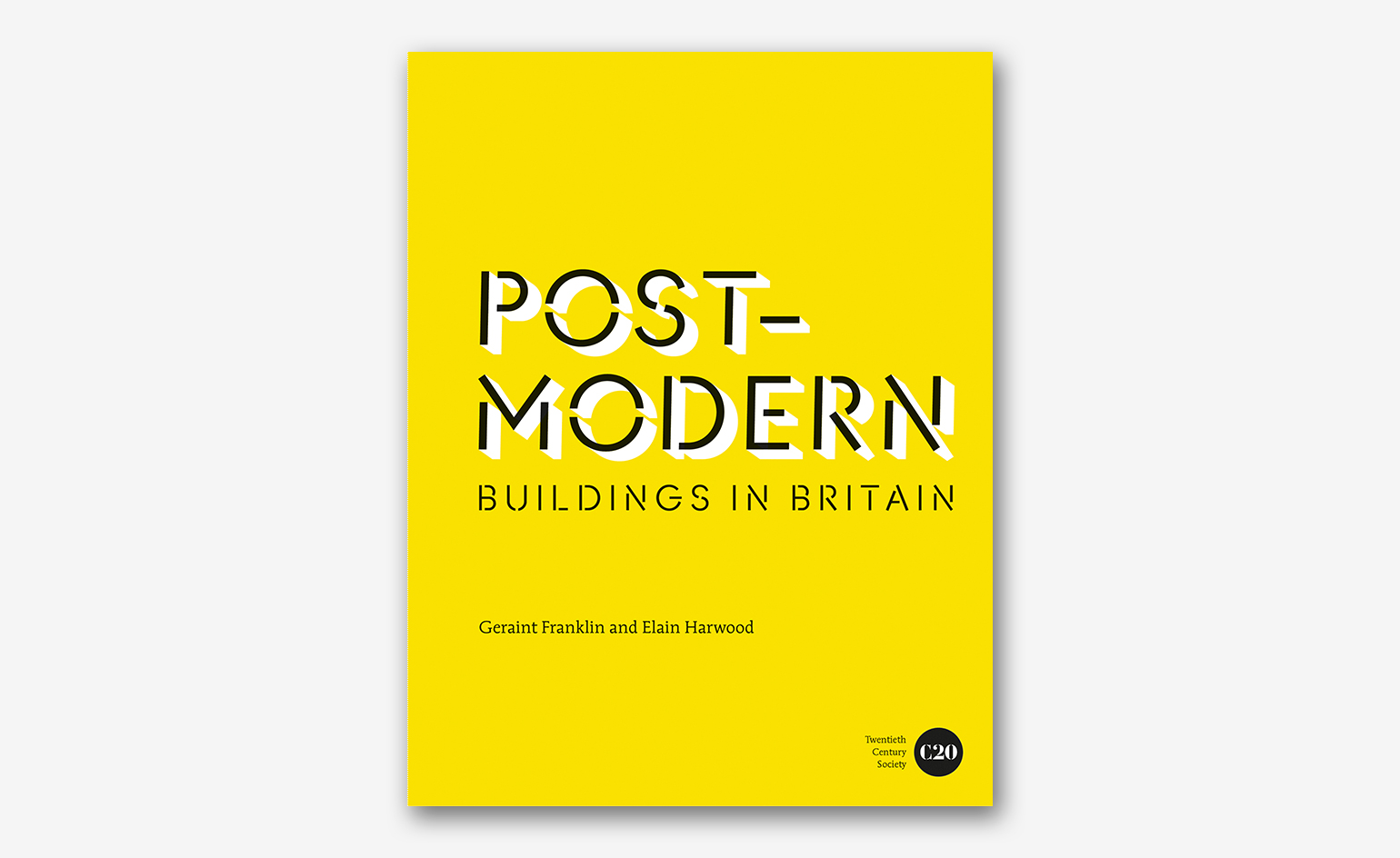
Post-Modern Buildings in Britain by Geraint Franklin and Elain Harwood is published by Batsford
INFORMATION
Post-Modern Buildings in Britain, published by Batsford
Wallpaper* Newsletter
Receive our daily digest of inspiration, escapism and design stories from around the world direct to your inbox.
Charlotte Jansen is a journalist and the author of two books on photography, Girl on Girl (2017) and Photography Now (2021). She is commissioning editor at Elephant magazine and has written on contemporary art and culture for The Guardian, the Financial Times, ELLE, the British Journal of Photography, Frieze and Artsy. Jansen is also presenter of Dior Talks podcast series, The Female Gaze.
-
 All-In is the Paris-based label making full-force fashion for main character dressing
All-In is the Paris-based label making full-force fashion for main character dressingPart of our monthly Uprising series, Wallpaper* meets Benjamin Barron and Bror August Vestbø of All-In, the LVMH Prize-nominated label which bases its collections on a riotous cast of characters – real and imagined
By Orla Brennan
-
 Maserati joins forces with Giorgetti for a turbo-charged relationship
Maserati joins forces with Giorgetti for a turbo-charged relationshipAnnouncing their marriage during Milan Design Week, the brands unveiled a collection, a car and a long term commitment
By Hugo Macdonald
-
 Through an innovative new training program, Poltrona Frau aims to safeguard Italian craft
Through an innovative new training program, Poltrona Frau aims to safeguard Italian craftThe heritage furniture manufacturer is training a new generation of leather artisans
By Cristina Kiran Piotti
-
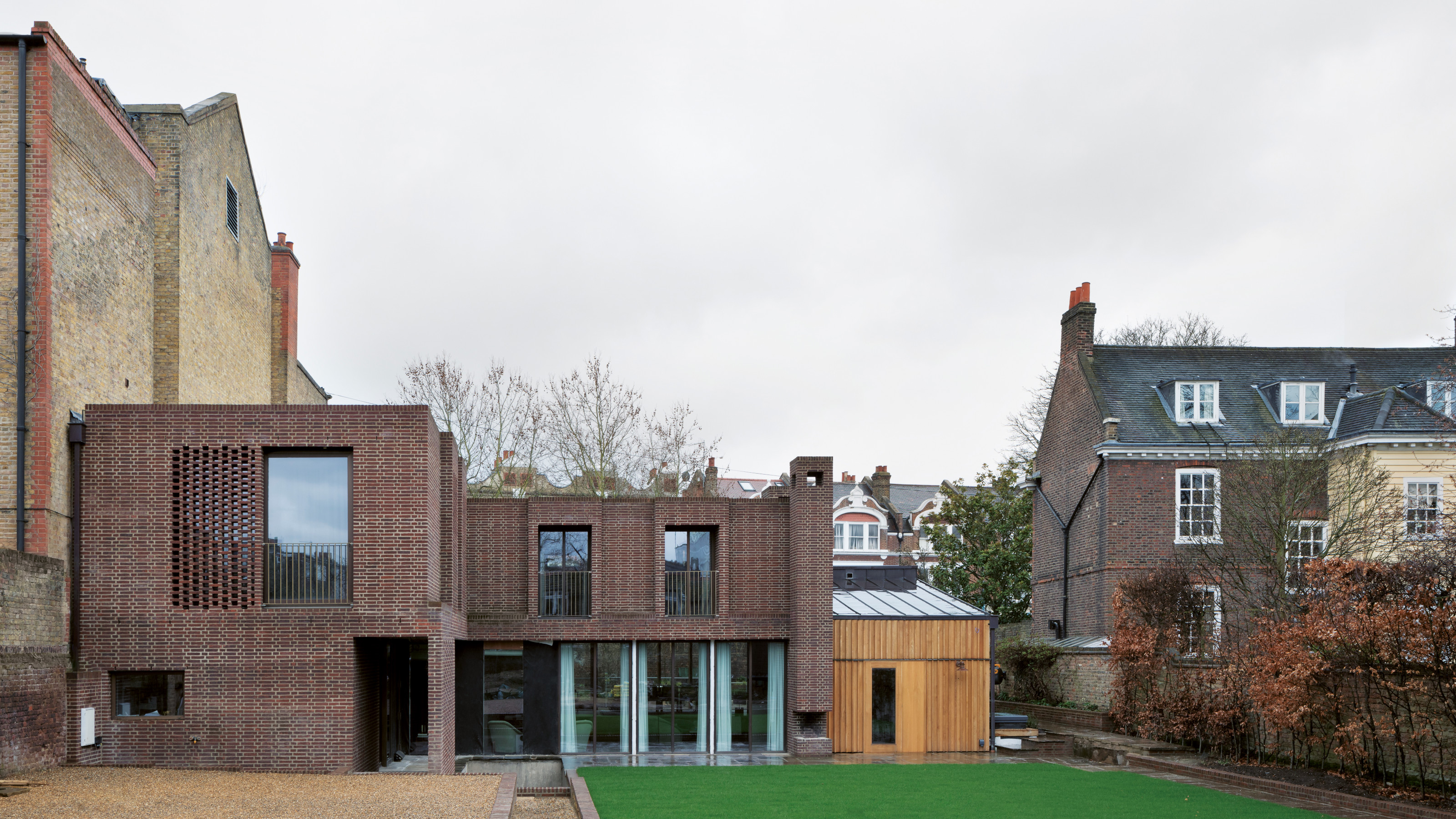 A new London house delights in robust brutalist detailing and diffused light
A new London house delights in robust brutalist detailing and diffused lightLondon's House in a Walled Garden by Henley Halebrown was designed to dovetail in its historic context
By Jonathan Bell
-
 A Sussex beach house boldly reimagines its seaside typology
A Sussex beach house boldly reimagines its seaside typologyA bold and uncompromising Sussex beach house reconfigures the vernacular to maximise coastal views but maintain privacy
By Jonathan Bell
-
 This 19th-century Hampstead house has a raw concrete staircase at its heart
This 19th-century Hampstead house has a raw concrete staircase at its heartThis Hampstead house, designed by Pinzauer and titled Maresfield Gardens, is a London home blending new design and traditional details
By Tianna Williams
-
 An octogenarian’s north London home is bold with utilitarian authenticity
An octogenarian’s north London home is bold with utilitarian authenticityWoodbury residence is a north London home by Of Architecture, inspired by 20th-century design and rooted in functionality
By Tianna Williams
-
 What is DeafSpace and how can it enhance architecture for everyone?
What is DeafSpace and how can it enhance architecture for everyone?DeafSpace learnings can help create profoundly sense-centric architecture; why shouldn't groundbreaking designs also be inclusive?
By Teshome Douglas-Campbell
-
 The dream of the flat-pack home continues with this elegant modular cabin design from Koto
The dream of the flat-pack home continues with this elegant modular cabin design from KotoThe Niwa modular cabin series by UK-based Koto architects offers a range of elegant retreats, designed for easy installation and a variety of uses
By Jonathan Bell
-
 Are Derwent London's new lounges the future of workspace?
Are Derwent London's new lounges the future of workspace?Property developer Derwent London’s new lounges – created for tenants of its offices – work harder to promote community and connection for their users
By Emily Wright
-
 Showing off its gargoyles and curves, The Gradel Quadrangles opens in Oxford
Showing off its gargoyles and curves, The Gradel Quadrangles opens in OxfordThe Gradel Quadrangles, designed by David Kohn Architects, brings a touch of playfulness to Oxford through a modern interpretation of historical architecture
By Shawn Adams